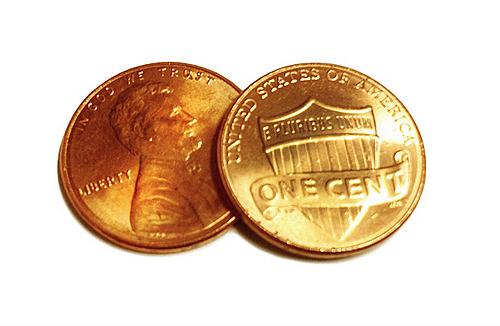Everybody Hurts: Paying for Prescription Tracking in Pennies

I wasn’t the first to notice that California was pleading poverty over the wrong issue.
Dr. David Juurlink, an internist, toxicologist and researcher at Sunnybrook Health Sciences Centre in Toronto, at wrote me on Twitter, “Bizarre that California would not monitor opioid Rxing on fiscal grounds. Suspect it would pay for itself.”
Then Bob Twillman, the director of policy and advocacy for the American Academy of Pain Management, chimed in: “Most states run these programs on ~$500,000 or less. Why so expensive in California?”
So I asked, “It does seem like it would pay for itself, or could if the right fee structure were set up. What analogs are there?”
Some states charge a fee to doctors and pharmacies to run their tracking programs, wrote Twillman. How much? Between $10 and $25 annually.
Because California has so many doctors – more than 126,000 licensed by the Medical Board of California – they could each be charged $10 and come close to covering the $1.6 million that the state says it would cost to run an effective tracking system, Twillman suggested.
“And don't forget all the pharmacists, dentists, podiatrists, etc. Now we're talking about giving up one latte,” he wrote.
Podiatrist licenses are issued by the state medical board, but if you add pharmacists and dentists, you end up with close to 288,000 licensees in California. To cover $1.6 million in operating costs would result in a fee of $5.50 for every licensee.
Now, if you’re a licensee, you might already feel like you pay too much in the way of fees. The California Medical Association makes this case every time the state tries to raise the fees that doctors pay to cover the overall operating costs of the medical board. So, to defray this $5.50 fee, the state could impose a fee on the drug makers, too. If you’re going to sell highly addictive drugs in California, you have to pay a penny for every 30-day prescription sold to help the state track and manage the resulting addictions. A penny may even be too much given how many prescriptions are filled every year.
And, over time, Juurlink suggested, the state would start to recoup its costs in other ways.
“Cost savings from detecting and treating addiction, improving pain management, catching drug diversion could be big,” he wrote.
How, exactly, would the state see cost savings? Through workers compensation claims, for one. The California Worker’s Compensation Institute – funded by insurance company fees – did a study in 2011 that found dubious prescribing patterns in claims.
The results show that in the California workers’ compensation system, a relatively small percentage of medical providers are responsible for the vast majority of Schedule II opioid prescriptions, morphine equivalents and the associated payments. For example, out of the 9,174 Schedule II opioid prescribing physicians in the study sample, the top 1 percent (93 physicians) accounted for nearly one third of the prescriptions, 41 percent of the morphine equivalents and 42 percent of the associated payments; the top 3 percent (276 physicians) accounted for 54.9 percent of the prescriptions, 62.4 percent of the morphine equivalents and 64.7 percent of the payments; and the top 10 percent (917 physicians) accounted for 79 percent of the prescriptions, 87 percent of the morphine equivalents and 88 percent of the dollars paid for these drugs.
Even if all those prescriptions were tracked more efficiently, would the tracking system actually be effective at reducing reckless prescribing? I’ll write more about that in my next post.
Image by Maura Teague via Flickr

